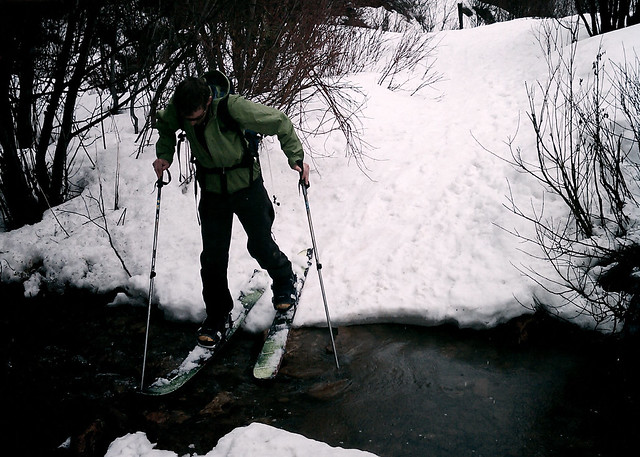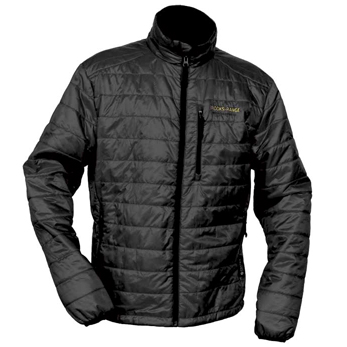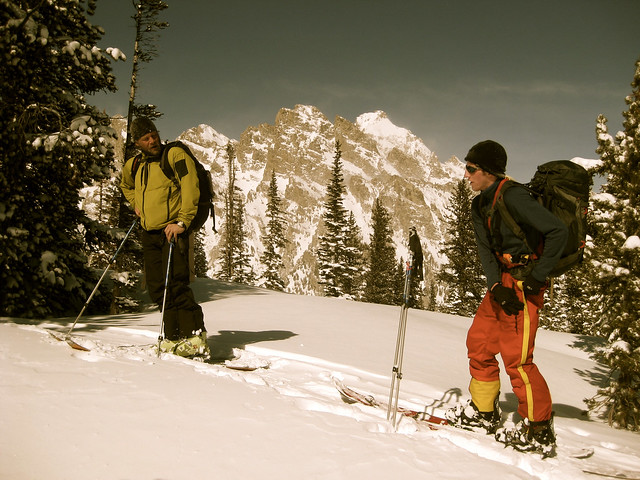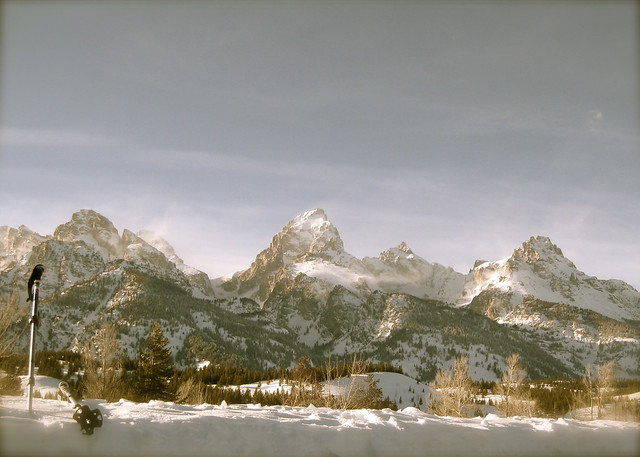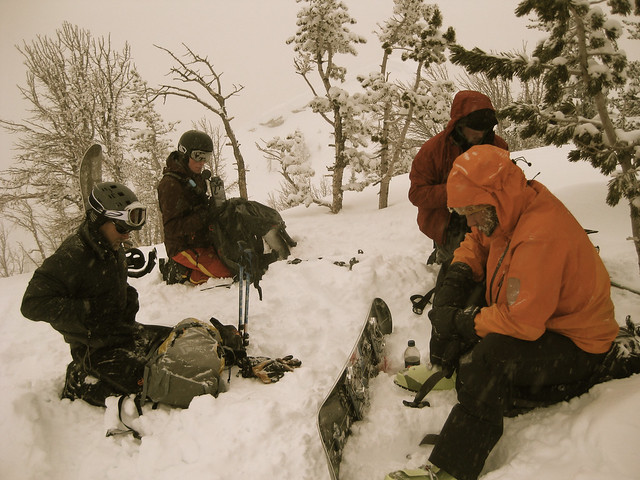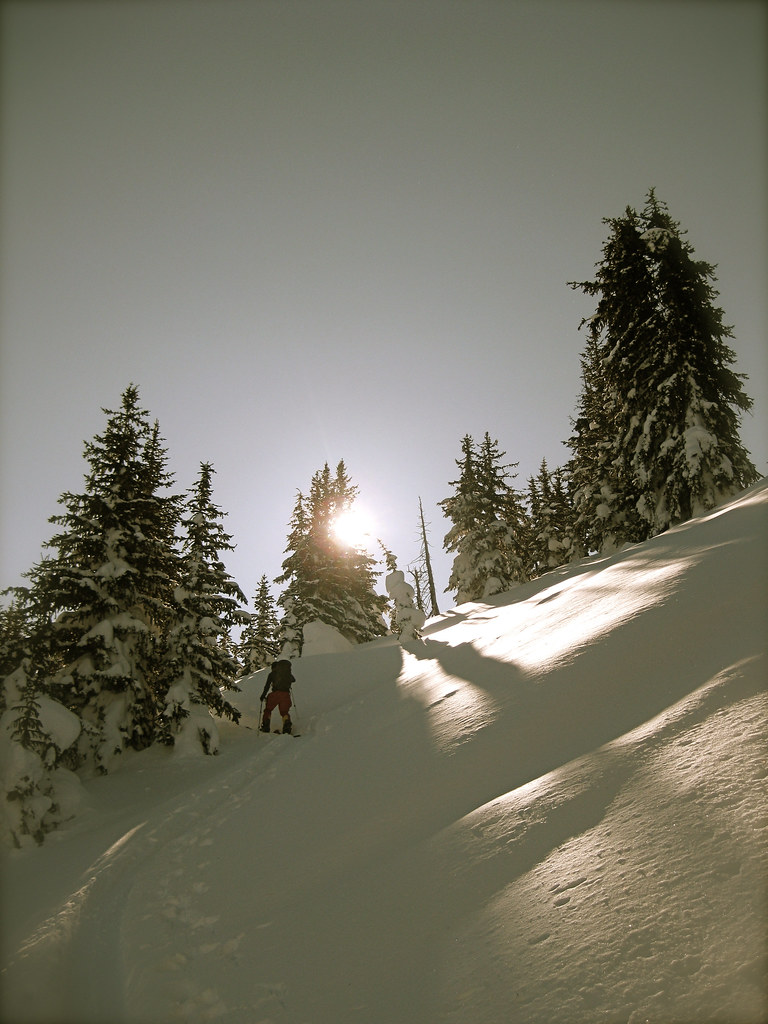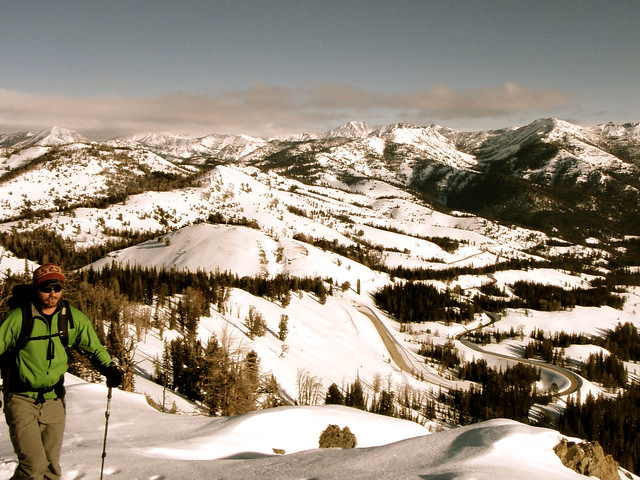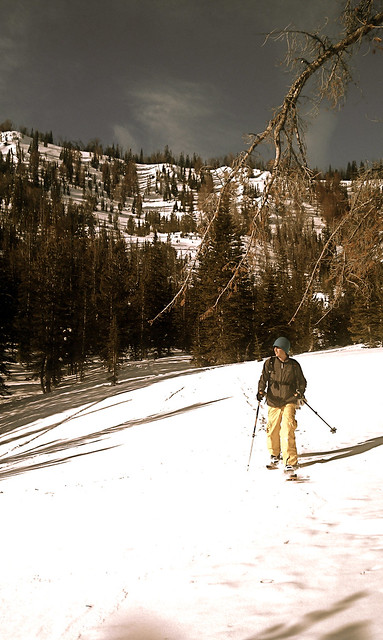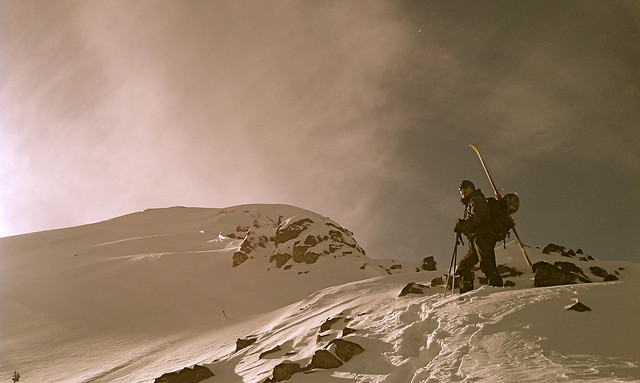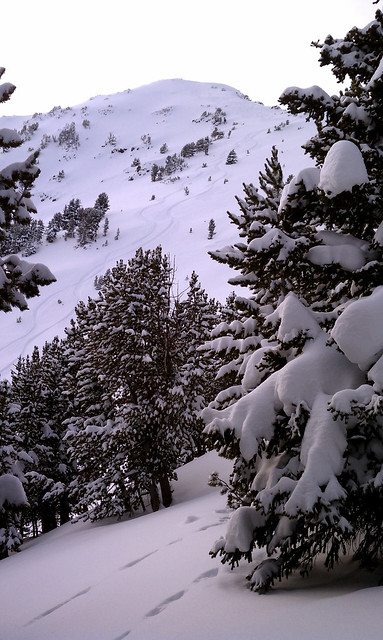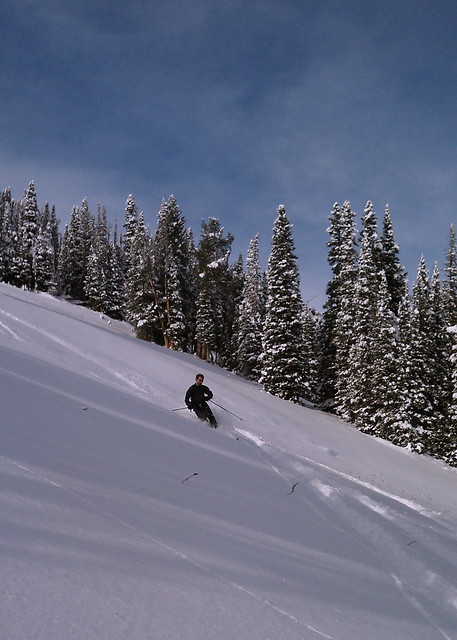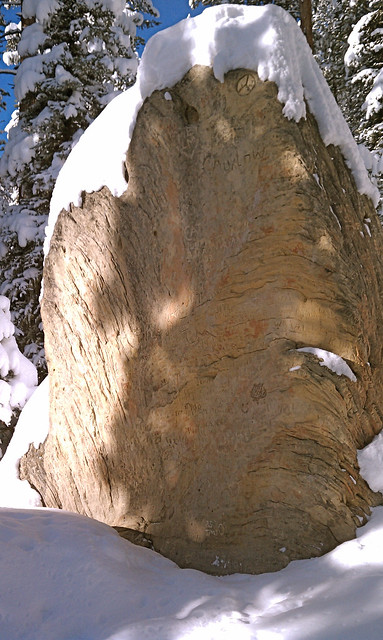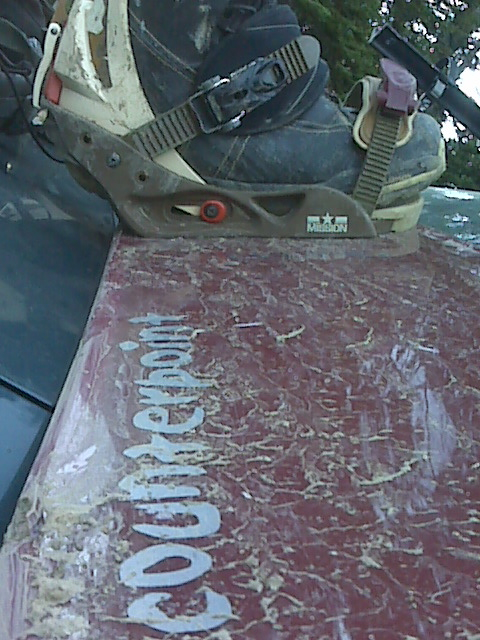Ketchum, Idaho is a small, swanky town that is home to Sun Valley Ski Resort. Many of the skiers here are rich fashionistas that never leave the smoothness of the groomed runs and comfort of the ski lifts. There are definitely some badasses that live there also however and for those willing to head only a few miles out their own backdoor a nearly endless sea of peaks and ridges awaits.
Ketchum lies comfortably nestled in a pocket formed by the Challis and Sawtooth National Forests of Idaho with State Highway 75 the artery supplying fresh tourist dollars and backcountry dirtbags alike to the town. Mike and I are of the latter category although we did buy some groceries, burgers, and beer while we visited. The highway passes through downtown and heads North into the National Forest. On it’s way it switchbacks up and over Titus Ridge, topping out on what is called the Galena Summit at 8700′ (2652 m). A road that goes to nearly 9,000 feet simply screams, “Come ski me!”
Sam skinning along Titus Ridge away from Galena Summit
The views of the peaks along the drive north from Ketchum are peppered with skin tracks and descent lines but the quantity of terrain combined with the lack of users means plenty of freshies lie in wait for the motivated (and even the not-so-motivated) backcountry skiier or splitboarder. Driving to Galena Summit and skinning from the trailhead for even just 30 minutes will provide you with enough snow and hillside for a dozen turns through myriad terrain types ranging from steep rocky chutes to open bowls to tight trees.
Usage may be low but I’m a powder snob and let’s face it, I like to walk so after our first day of checking out the zone immediately adjacent to the highway it was time to top out at our previous days high point and then continue onward into the next bowl. It was here that we found a true backcountry destination consisting of a big face with lots of options from couloirs to spines to gladed trees.
Our destination for day two and three.
This is the kind of face I like to ride. I’m relatively conservative in my choice of terrain not so much because I’m held back by my abilities but because I’m held back by my confidence. It was good riding with my friend Loid whom I don’t ride with often (he lives in Ketchum) because he pushed me a little outside my comfort zone, got my adrenaline rushing, and reminded me that I am a pretty good snowboarder.
We sessioned the face in the photo above on day two, following it up with a repeat of our exit line from day one. I wasn’t ready to be done so upon arriving back in town I stayed suited up in my ski gear and set my splitboard to walking my way to the top of Sun Valley Ski Resort. This made for another seven miles of walking another few thousand vertical feet. The views from the top were delightful but I was tired and cold so I took no photos to share with you my blog readers.
Day three Loid was required to be at work selling ski and snowboard gear but Mike and I were amped to get a half day in before the drive back to Montana. We opted to head to the same zone as day two and considered hiking farther out to yet another peak. It would have been nice to hit another face but time was of the essence as many hours of driving were in front of us. We filed it away for future plans and proceeded to kill a line parallel to the previous day.
A face filed away for next time we visit
The riding was spectacular all three days. We were successful in finding snow of superb quality on North-facing aspects and in all stability tests we performed we could not get an extended column to break (I managed to pound one column to a 45 count before my hand started hurting). The company of Loid who I don’t see all that often as well as Mike with whom I share an apartment was great. To put it simply this is the kind of out of town trip that will stick in my memory for a long time to come.
Loid
Mike
